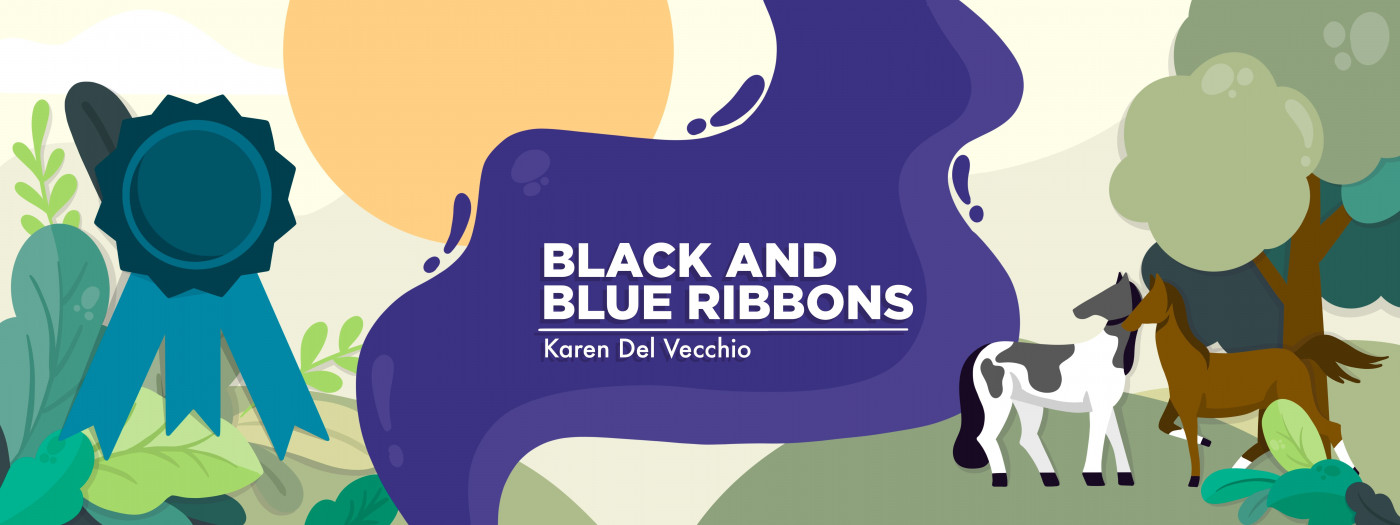Taking Time to Heal Isn’t the Same as Giving Up
After learning the hard way, I now ask, 'Am I pushing myself too hard?'
Written by |

After getting bodywork last week, my shoulder is thankfully improving after a recent pain flare. While I still don’t know what I did to aggravate it, I’m glad to be on the path to better comfort.
I always have to be careful to take it slowly for a while after this happens, because it’s easy to get the muscles angry all over again if I don’t take the time to let them heal. However, that’s not something I’ve been particularly good at doing. Instead, I always tend to push through. I often deal with pain by ignoring it as much as possible, which I’ll admit probably isn’t the healthiest coping mechanism.
Prior to my Ehlers-Danlos syndrome (EDS) diagnosis at age 22, I was a competitive soccer player, and I’d play through sprains, strains, and even fractures. I was pretty much always hurt, but no one could figure out why. My options were to play through the pain or stop altogether. I chose the former.
As a goalkeeper, sprained and fractured fingers were common, but that’s what athletic tape was for — tape the injured finger to its next-door neighbor, grit your teeth, and keep going. While most of my fingers weathered the storm, I still have a few interesting-looking knuckles.
I destroyed my right ankle by playing on a bad sprain because I didn’t want to end up on the bench during my senior year. Looking back on it now, it’s silly, but at the time I really cared. I had a brace for just about every joint, as I injured them all at some point, thanks to EDS. So I put on a brace and kept playing for days until I couldn’t hide my limp anymore.
After being sent to the athletic trainer, I was told the sprain had become so severe I would’ve been better off breaking my ankle. Thanks to pushing it so much, I was out much longer than I would’ve been if I’d admitted my injury in the first place. That joint has never been the same since.
Even without EDS, these decisions probably weren’t my best. I caused myself permanent damage. Since my diagnosis, it’s been difficult to accept that sometimes I need to say enough and stop. To me, it always felt like quitting. Others often questioned my decisions, but I was too stubborn to listen.
I’ve since come to understand there’s a difference between quitting and stopping or taking a break, and there’s also a fine line between stubbornly pushing on and being foolish. I try to remind myself that taking care of myself and my body is the right choice, even when it’s hard. It’s taken a long time, but I’m finally getting better about giving myself a break when I need to.
Note: Ehlers-Danlos News is strictly a news and information website about the disease. It does not provide medical advice, diagnosis, or treatment. This content is not intended to be a substitute for professional medical advice, diagnosis, or treatment. Always seek the advice of your physician or other qualified health provider with any questions you may have regarding a medical condition. Never disregard professional medical advice or delay in seeking it because of something you have read on this website. The opinions expressed in this column are not those of Ehlers-Danlos News or its parent company, Bionews, and are intended to spark discussion about issues pertaining to Ehlers-Danlos.




Leave a comment
Fill in the required fields to post. Your email address will not be published.